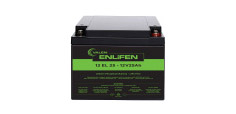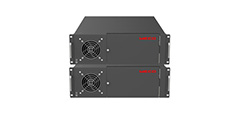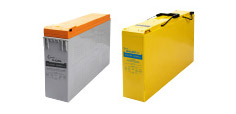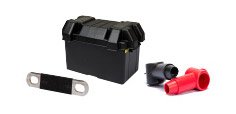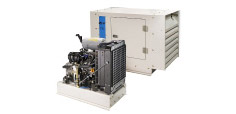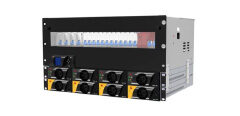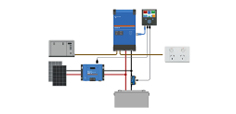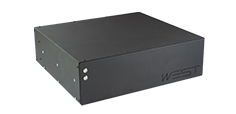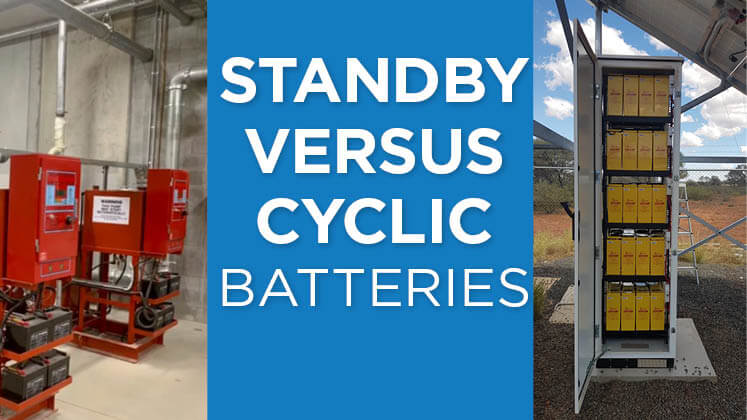What’s the Difference between Standby and Cyclic Batteries? There are many ‘labels’ placed on batteries, which can be tricky to navigate when you aren’t within the industry and regularly dealing with batteries!
In this blog, the team at Valen explain the difference between Standby and Cyclic batteries and what applications they are designed for.
So, what IS the difference?
Standby basically means that… a ‘standby’ battery is designed to be used on mains powered electric charge for its entire life and used only in an emergency. This is over against a ‘Cyclic’ battery which is designed for a more rigorous lifestyle of multiple uses.
Standby Batteries
Standby batteries are designed to be placed on 240V Mains powered charge and only used in the case of an emergency. VRLA (Valve Regulated Lead Acid) AGM (Absorbent Glass Mat) batteries are the main technology referred to by the industry as ‘Standby’.
Battery installers and specifiers will note that sometimes the AGM battery may also get labelled ‘Deep Discharge’. This is an industry labelling to differentiate the battery as utilising thicker lead plates meaning it has a longer life expectancy and will cycle better if required.
The ‘Deep Discharge’ labelling became prevalent in the industry during an earlier lead crisis where manufacturers cut down on the quantity of lead included in the battery ultimately meaning the battery did not last as long.
Standby Batteries are popular for applications such as Electric Doors, UPS, Security Alarm Systems, Fire Suppression and Pumping Systems.
Cyclic Batteries
Cyclic Batteries are batteries designed to be heavily discharged or placed on a less constant form of charge, for example, solar or wind.
These batteries may come in a variety of VRLA technologies but are mainly characterise the Gel and OPzV technologies. Lithium batteries would fall under the cyclic category as well as they handle regular heavy discharges extremely efficiently.
Cyclic batteries are mostly utilised in applications such as Remote solar, mobility, and wind-generated power storage.
What are the Pro’s and Con’s of Standby Versus Cyclic Batteries?
The main reason Standby batteries are utilised over Cyclic batteries often comes down to cost. Standby batteries are not designed for heavy cycling so they are cheaper.
Another reason a Standby battery is often utilised is that its CCA rating or the rate at which it can be discharged is faster. So, for the likes of UPS applications or Fire Pumping where a quick current is required the Standby batteries perform better than the cyclic alternative.
Still need a little more clarity? Reach out to the Team at Valen who will be keen to explain the industry jargon to you in more detail…








